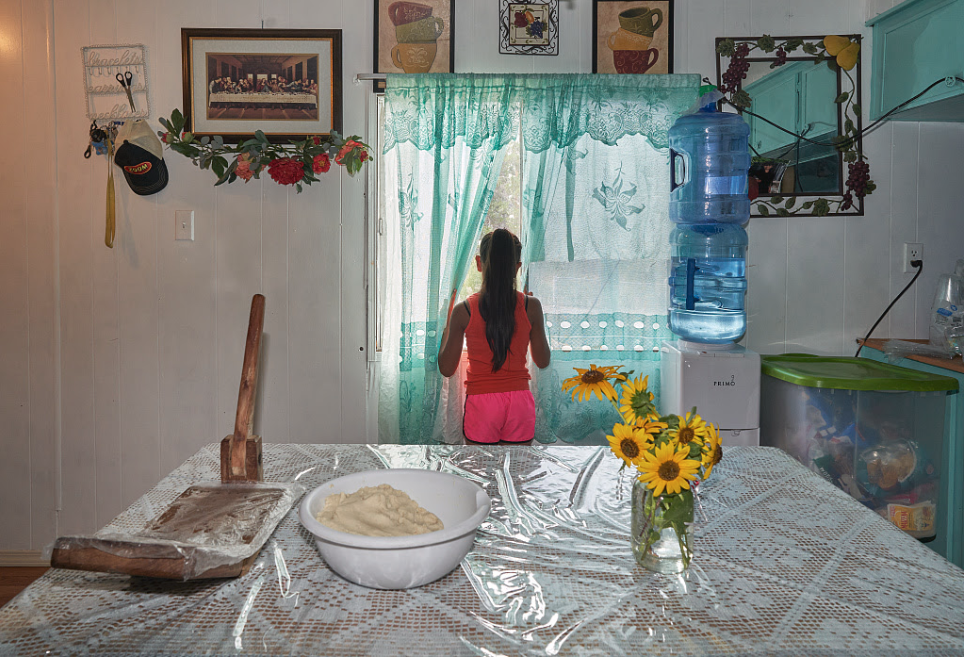Look closely at the image of a young girl from the Library of Congress.
The following activities and questions are designed to help your students use their noticing skills to move through the poem and develop their thinking skills so they understand its meaning with confidence, using what they’ve noticed as evidence for their interpretations. Read more about the framework upon which these activities are based.
-
Warm-up: Look closely at the image of a young girl. What stands out to you? Why? Read the caption and look at the photo again. What else do you see? What questions do you have?
-
Before Reading the Poem: (Teachers, before class ask students to listen to two or more of these songs on this playlist about work.) Choose one of the songs that you listened to for homework and join with other students who listened to the same song. Listen to the song again. Then, discuss which lyrics or phrases stood out to you. Why did they stand out? How did the song make you feel? Can you make any connections between the song and the image?
-
Reading the Poem: Silently read “poem where no one is deported” by José Olivarez. What do you notice about the poem? Note any words or phrases that stand out to you or any questions you might have.
-
Listening to the Poem: Enlist two volunteers and listen as the poem is read aloud twice. Write down any additional words and phrases that stand out to you. Or, you might want to listen to the poet read the work.
-
Small Group Discussion: Share what you noticed about the poem with a small group of students. Based on the details you just shared with your small group, how does this poem compare to the resources from the beginning of class?
-
Whole Class Discussion: What might this poem say about labor, family, and love? What imagery stands out to you in the poem? Why? How might the poem be connected to issues happening today?
-
Extension for Grades 7-8: As the poet writes in the About this Poem section, “I wrote this poem hoping to honor the power of the undocumented women in my family and in my community,” write a poem of your own that responds to a current social issue and honors the people at the center of this issue. If you feel comfortable, share your poem and issue with the class.
-
Extension for Grades 9-12: Learn more about Latinas in the labor movement. After watching the video, discuss with your class how these women were important to the labor movement. What other movements does this connect to and why?
Read more poems that honor and explore immigration in this country on Poets.org.

